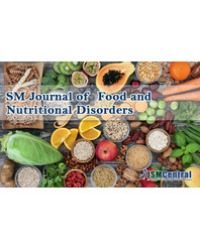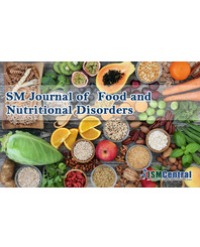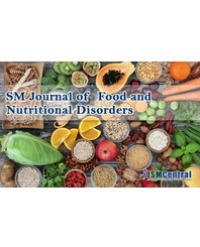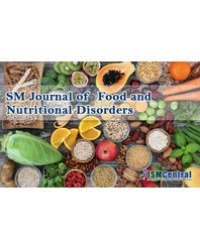Objective: Dietary fiber or Roughage is a plant material that cannot be digested but that helps you to digest other food. A high-fiber diet has many benefits, which include normalizing bowel movements, lowering cholesterol levels, controlling blood sugar levels. Oranges are one of the most popular fruits, but very few consume the peel, which is arguably the healthiest part of the whole fruit. Orange peels are rich in flavonoids, like hesperidin and polymethoxyflavones (PMFs), and other phytochemicals, which contribute to health benefits. Thus present work aimed at the development of fiber rich product.
Methods: The present study was designed to prepare a fiber rich snack product and standardize the developed product. Orange peel, sesame seeds, semolina and sugar were the main ingredients used for the preparation of products with three formulations, i.e., T1 (100:25:20:120), T2 (65:50:50:100), T3 (100:50:50:65).
Results: Acceptability of the product was determined by sensory evaluation. As the mean is high and standard deviation is low for the products prepared, all the three products are statistically significant. But as the sample T1 scored high mean ± standard deviation comparing with T2 and T3 it is considered the best product among the three. Coefficient of variance of the product is also low which emphasizes the product is statistically significant. Physico-chemical composition of raw materials and experimental product were also determined. The sample T1 was subjected to nutritional composition which showed a protein (11.0%), carbohydrate (49.03%), fat (4.5%) and crude fiber (14.37%).
Conclusion: Orange peel is a very good source of dietary fiber. Thus this laddu prepared from fiber rich orange peel could be a beneficial and healthy fiber snack for kids and adults.
Silpa Somavarapu, Ramesh B*, Mahitha K, and Vijay Anand G





